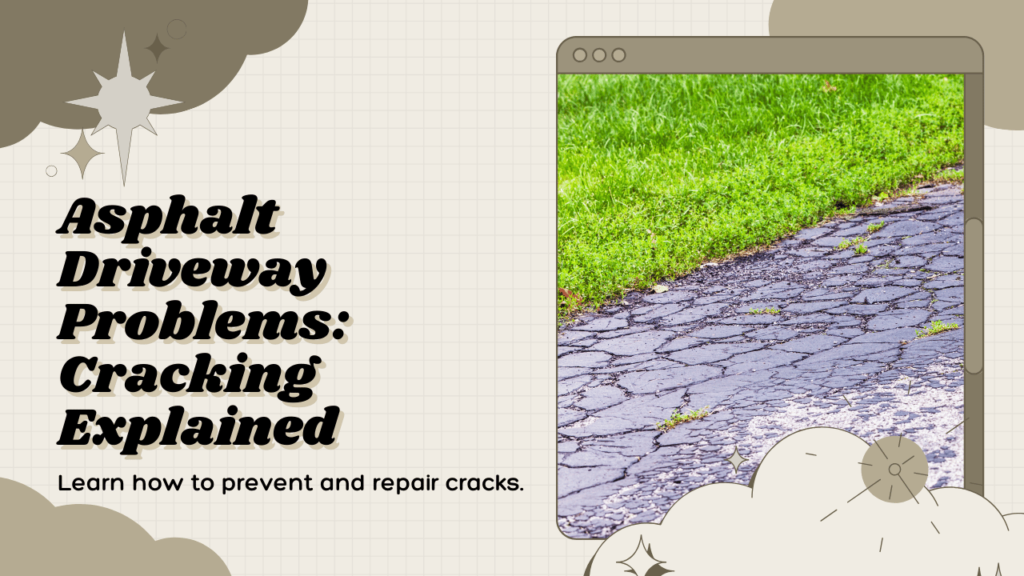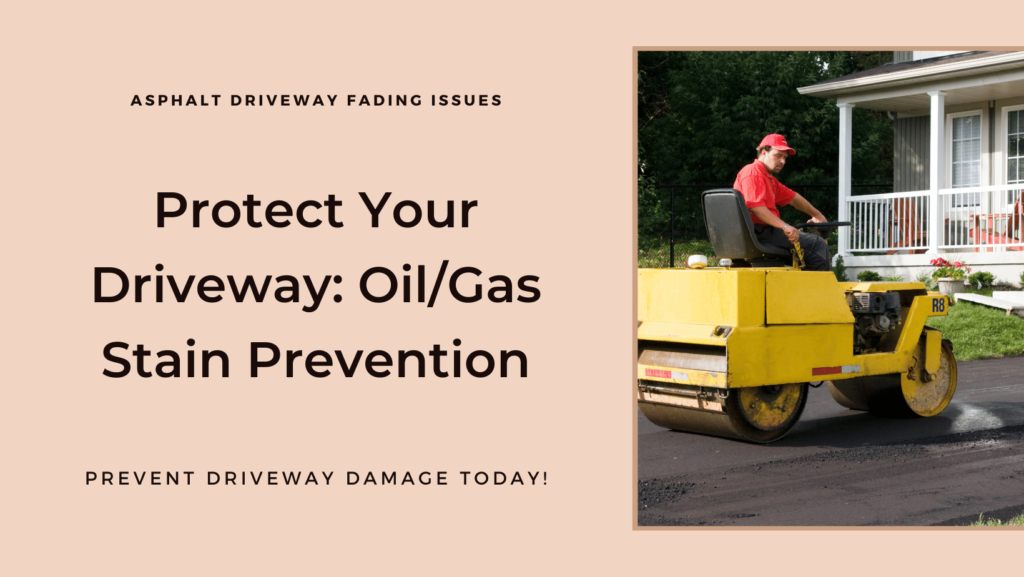7 New Asphalt Driveway Problems to Watch Out For
An asphalt driveway can be an asset to any household as it offers a leveled surface for parking vehicles and is aesthetically pleasing. However, these driveways can also have some issues in time; they can develop cracks, dips, and other problems if they are not sealed promptly. Knowing about some of the issues that homeowners might experience with their asphalt driveway can help identify them so you can take appropriate action to save your investment.
Cracking
Cracking is an issue that is commonly associated with most asphalt driveways, and it can develop within the first few days of installation or the initial few years. This is often because the base is not adequately prepared before the asphalt is applied to the surface. You will notice this in areas where the sub-base is not compacted well, or where some areas lack support, leading to cracking as the driveway settles. It is crucial to have a good foundation with sufficient ground water drain to ensure the structure has a long life.
Cracking, due to poor base preparation, can lead to the need for more construction trips and subsequent costs.

Pavement Distress Resulting from Inadequate Asphalt Thickness
Another new problem is raveling, where the upper layer of the asphalt starts to break off. Raveling is often the result of when the asphalt layer has a reduced thickness after paving is done. Asphalt that is too thin will show signs of wear and tear much sooner than asphalt that is the right thickness and consistency. A thickness of at least 2 inches is desirable for driveways. A 3-inch thickness is preferable for areas with a lot of traffic. This contributes to more strength and stability and more resistance to wear.
Infractions Caused by Water
Cracks that appear in asphalt pavements are also frequent in driveway pavements. They occur when water gets under them, and you will need to repair the water damage which will incur cost. Soft spots are usually the effects of poor drainage, cracks, and thin asphalt on the surface. To prevent this, ensure adequate drainage, seal the cracks, and increase the thickness. It is always important to detect problems before their magnitude results in significant loss or sinking.
Deterioration from Chemical Deicers
Higher concentrations of chemical deicers in driveways during winter are causing some areas to deteriorate more than others. Deicers containing magnesium chloride or calcium chloride can dissolve oils from the asphalt, and the road can look like it has never been resurfaced. This results in surface raveling and gradually wearing off the aggregate over time. Using sand or other mat materials that are not as corrosive can assist in increasing the lifespan of a driveway.
The above graph shows that improper slopes result in poor functionality, and the following remarks can be made based on the graph.
Modern houses, especially those constructed in the last decade, have more extensive multi-car approaches so that poor slope grading is a growing concern. Drainage can be improperly directed towards garages, compounding the flooding problem. It is recommended that the slope be between 1- 4% only and set at an angle away from the home. High-traction brushed, or broom finishes can also solve the problem of slippery areas if low minor regions are present. Ensuring that the slope is correct during paving ensures functionality is safeguarded.
Fading from Oil/Gas Drains and Spills
Other driveway options include permeable pavement; these include permeable pavers and porous asphalt, which have recently gained popularity. However, homeowners hardly appreciate that these surfaces deteriorate faster and lose their appeal due to gas, oil spills, and other automotive fluids other than typical asphalt. Pressure washing remains problematic due to the stains that are tough to remove. The edges have their degree of permeability; a less porous border around the edges can significantly reduce the amount of migration.

Tree root damage is another one of the causes of cracking, which happens when trees are planted near the building, and their roots exert pressure on the walls.
Furthermore, it is evidenced by tree roots that the development of the root system is starting to affect aging suburban neighborhoods; driveways built from the 1960s-80s are cracking and shifting. Some tree root damage may take many years before they are detected.. Some corrective measures include excavation, removal of roots or trees that cause harm, grinding, and crack sealing, which seek to stabilize a damaged area.
Prevention is Key
It is practical—regarding the life span of an asphalt driveway–to take the proper measures to prevent problems from compounding, to prevent expensive repairs. The following will help you to do all the right things for your asphalt driveway: proper installation, sealing, and regular maintenance; where possible, any problem should be detected and rectified immediately. Detection of sudden new issues in your asphalt driveway can make you aware of some weak points. Consult with a professional paving contractor to seek advice in case of any problems that emerge. It is always essential to ensure that your asphalt driveway is well-maintained, which means investing in prevention; it will cost you a few dollars today and pay off in many years to come.
